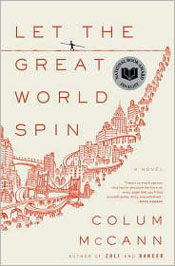Hey all! Welcome to the first discussion topic hosted by BAND, the Bloggers’ Alliance of Nonfiction Devotees. Each month a new blogger will host a discussion related to nonfiction, and all bloggers (regardless of how much or how little nonfiction you read) are welcome to participate.
Like fiction, nonfiction isn’t a monolithic term. Just like there are sub-genres or types of fiction (literary, women’s, mystery, thriller, horror, the list goes on), nonfiction has many varieties too. There’s creative nonfiction, essay, travelogue, self-help, biography, memoir, and more. With so many types of nonfiction (as well as topics covered), there are nonfiction options for everyone. With that in mind, this month’s question is a simple one:
What is one of your favorite types of nonfiction to read? OR What is one of your favorite nonfiction topics to read about?
Once you write up a post on the topic, leave a link in the Mr. Linky below. At the end of July I’ll post a wrap up of the different types of nonfiction we love. And right below the Mr. Linky is my answer to this question.
Stunt Memoirs: The Candy in My Nonfiction Diet
While I wouldn’t say that stunt memoirs are necessarily my favorite type of nonfiction, I have to admit a soft spot for books that Creative Nonfiction terms “Look What I Did for a Month/a Year/Until I Couldn’t Stand It Another Minute” stories. In these memoirs, the author decides to do or not do something for a length of time, then chronicles what they learn (or sometimes don’t learn) in a book.
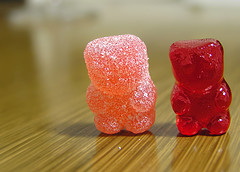 The idea of stunt journalism (sometimes called immersion journalism) has a long history. You might be able to take it all the way back to George Orwell — for his memoir Down and Out in Paris and London, Orwell took a job as a dishwasher at “Hotel X” in Paris, then as a chef’s assistant in a new restaurant, and finally decides to be a tramp on the outskirts of London exploring life for the downtrodden. Sounds a lot like a more recent example — Barbara Ehrenreich’s Nickel and Dimed, perhaps?
The idea of stunt journalism (sometimes called immersion journalism) has a long history. You might be able to take it all the way back to George Orwell — for his memoir Down and Out in Paris and London, Orwell took a job as a dishwasher at “Hotel X” in Paris, then as a chef’s assistant in a new restaurant, and finally decides to be a tramp on the outskirts of London exploring life for the downtrodden. Sounds a lot like a more recent example — Barbara Ehrenreich’s Nickel and Dimed, perhaps?
Stunt memoirs cover just about every topic imaginable. In The Year of Living Biblically, A.J. Jacobs spends a year living life following all of the tenants of the Bible as close to the letter as possible. In The Happiness Project, Gretchen Rubin spend a year working on simple ways to make herself happier. In Moonwalking With Einstein, Joshua Foer spends a year working to become a memory champion. And Stefan Fatsis, he’s a favorite. In Word Freak he spends a year becoming a champion Scrabble player, and in A Few Seconds of Panic he tries to become a professional football player.
As much as I love them, I think of stunt memoirs as the candy in my reading diet because they don’t demand a lot from me. Quite often they’re very easy reads — the writing is usually clean and the stories are entertaining without expecting that I think too much. They don’t often present huge moral quandaries or ethical dilemmas to consider (Nickel and Dimed may be an exception to that one). And while I usually learn something when reading a stunt memoir, most serious takeaways end up being incidental to the sheer entertainment factor in reading these stories.
That said, it does take some skill to pull off a good stunt memoir. It’s important for me to feel like the author actually experienced some sort of significant change during their experiment or that they took the stunt seriously. This doesn’t mean the stunt itself has to be serious, just that the author invested themselves into doing it well. If the story feels like a gimmick, like the author wrote the book entirely because they got an advance to do so, I get turned off. The author also needs to be a good character — there’s no point in reading about someone doing something crazy if that person doesn’t seem like fun.
One recent stunt memoir I was disappointed with was Up for Renewal by Cathy Alter. In the book, Alter spends a year following the advice she gets from women’s magazines, ranging from everything to cooking to organization, relationships to sex. However, it never feels like Alter truly learns anything from the experiment, and her life only improves because of a relationship she gets into soon after the stunt starts. The magazine experiments seemed random and half-hearted, which is disappointing in a stunt memoir.
I’m not going to start reading only stunt memoirs, but when I need a break or just want to read a good story, this is the genre of nonfiction I usually turn to. I love reading about people who try new things and use those experiences to teach me about things I didn’t know I wanted to learn about. Stunt memoirs seem to be all the rage right now, and I for one am glad to keep reading them (in moderation, of course).

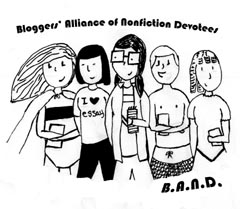
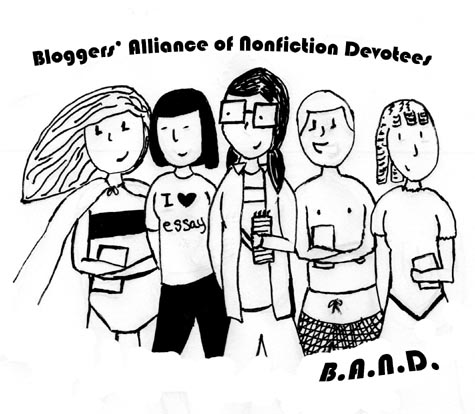

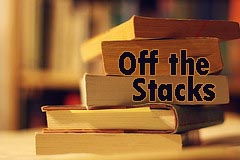
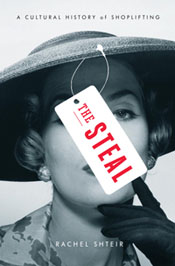 Title:
Title: 